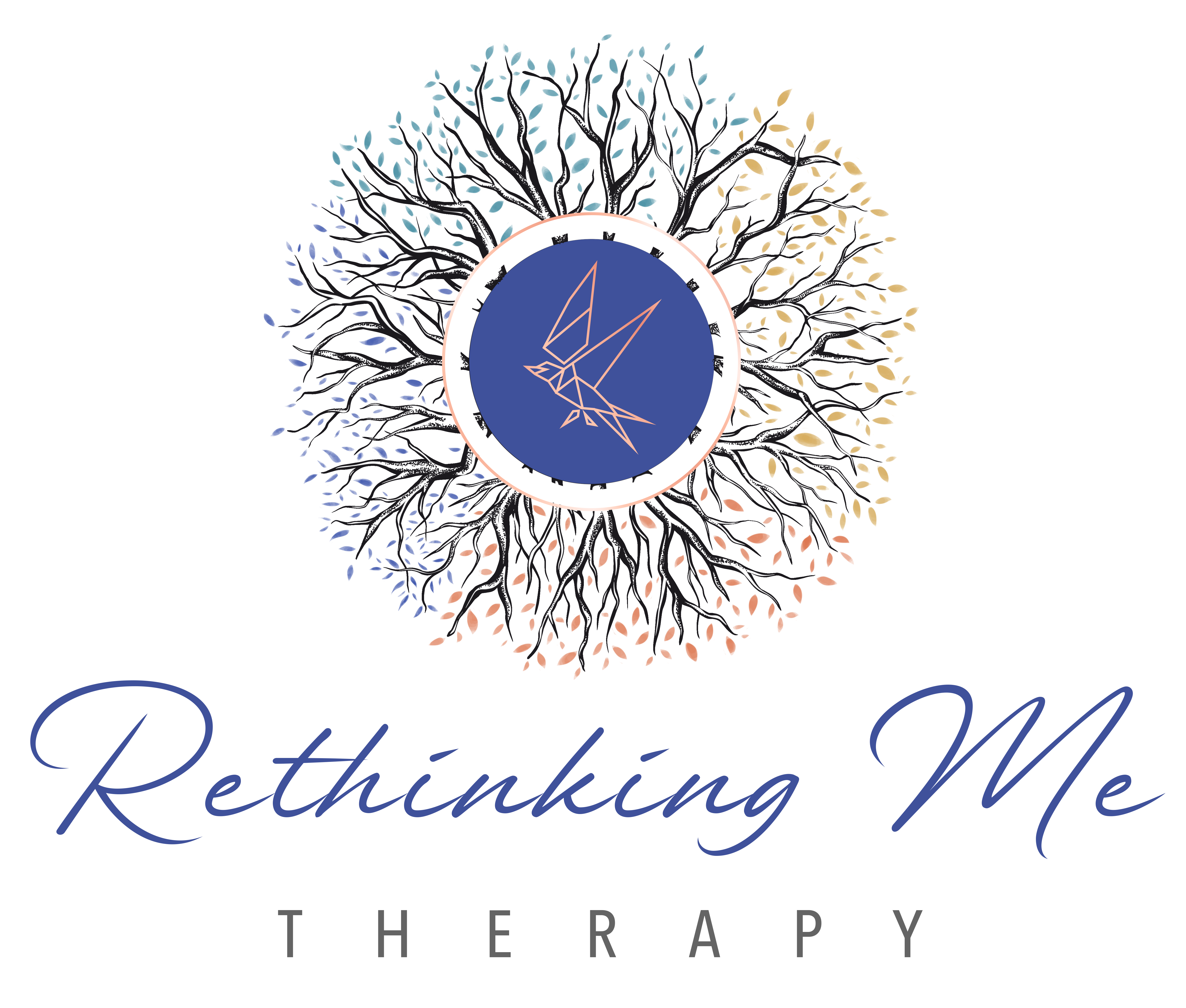Attention Deficit Hyperactivity Disorder (ADHD) is a neurodevelopmental condition that scientists have for a long time believed to be a “boys’ disorder.” Even now, when you say ADHD in front of someone, what they will see in their heads is a little boy running around and making trouble.
Thankfully, this has changed now, or rather, it is changing. We know that ADHD can accompany you into adulthood and that it afflicts women just as it does men. Although women with ADHD are getting more attention than they used to 10 years ago, and though we have more research that targets women, we still need more studies and more light shed on women with ADHD. In this article, we will talk about ADHD in women, its diagnosis, and the struggles those women face.
*** Disclaimer:
While this blog discusses ADHD in women and uses binary terms such as “men” and “women” for clarity, we want to affirm that ADHD affects individuals of all gender identities and expressions. We recognize and honor the experiences of non-binary, genderqueer, and transgender individuals. Our goal is to provide inclusive and affirming support for everyone. If you identify outside of the binary and relate to the experiences shared, know that our services are here for you as well.
Attention-Deficit/Hyperactivity Disorder
ADHD is a developmental disorder that affects 2% to 6% of the global population¹, and afflicts both women and men. ADHD is identified by three key symptoms: hyperactivity, inattention, and impulsivity.
Although ADHD is chronic, it can be a manageable condition, and its effect on your life can be controlled and reduced if given the proper attention and treatment.

Statistics of ADHD in Women Compared to That of Men
As previously mentioned in the introduction, ADHD was thought to be a boy’s disorder because boys were being diagnosed with ADHD at a rate of three times higher than girls.
However, when we look at statistics in adults, we find that it is 1:1², which indicates that ADHD is just as prevalent in women as it is in men. The difference is that men often get diagnosed early in their childhood due to the characteristics exhibited, while most little girls with ADHD go underdiagnosed only to discover it later in life, and sometimes they might never get a proper diagnosis.
Why Women with ADHD Go Undiagnosed in Childhood

The reason behind that is related to how symptoms of ADHD display themselves in both boys and girls³. ADHD in boys is often exhibited as:
- Externalized behavior like physical aggression.
- Poor academic performance.
- And risky behaviors.
While in girls, ADHD symptoms tend to be internalized, not overt and social, such as:
- Inattention or easily distracted.
- Low self-esteem.
- Problems in relationships with other girls.
- Verbal aggression.
- Difficulties in social settings.
- Overachievement
- Forgetfulness
Of course, that is not to say that girls with ADHD do not display typical symptoms like hyperactivity, disorganization, etc. Girls can exhibit those symptoms as well, but to a lesser extent in comparison.
However, it is not simply a matter of symptoms; girls undergo more social pressure which results in them trying hard to hide their symptoms. For instance, girls typically are expected to be feminine and gentle, to behave politely, and to speak in a particular way. Fear of judgment puts pressure on girls to act in a certain way and try hard to mask the symptoms of ADHD to better fit in with the standards and expectations of their community.
The Importance of Diagnosis for Individuals with ADHD

Diagnosis is quite important because, to receive the care, attention, and treatment that you deserve, you need to be diagnosed by a psychiatrist or medical doctor. Although treatment won’t normalize your condition, it can reduce the negative impact that ADHD can exert on your life⁴.
While important it is still a personal choice for many to get formally diagnosed, even with the added benefit of accommodation at work or school and becoming qualified for certain ADHD medications. Furthermore, research found that physicians mostly did not consider ADHD as a diagnosis if the individual had not been previously diagnosed with it in their childhood or adolescence. This puts women at yet another disadvantage, as many of them don’t get diagnosed when they were younger ⁵.
Criteria for the Diagnosis
Unfortunately, there is no test that can tell you if you have ADHD or not. That is why the diagnosis of ADHD is not so simple. Even with the criteria of the diagnosis, there is a chance that ADHD will go undiagnosed or misdiagnosed.
Part of this is because ADHD has overlapping symptoms with other conditions, such as bipolar disorder, sleep disorders, anxiety, trauma-related disorders, depression, and autism.
However, to diagnose an adult with ADHD, physicians follow a certain set of criteria devised to minimize the chance of misdiagnosis ⁶. Those criteria are as follows:
- You have been diagnosed with ADHD as a child, or you have displayed symptoms of ADHD when you were a child (to be sure, the doctor would ask you about those symptoms, but they would also check your school reports and talk to your parents and family).
- A physical test to rule out any other conditions, such as learning disabilities.
- You need to exhibit at least five symptoms of inattention, hyperactivity, and impulsivity.
- Several symptoms must be present in two or more settings, like home and work.
- The symptoms are reducing the quality of your life.
- The symptoms do not align better with other mental disorders such as anxiety disorders, dissociative personality disorder, mood disorders, etc.
The psychiatric diagnosis will include an interview as well as possible screeners, such as:
1. Adult ADHD Self-Report Scale (ASRS)
“This assessment consists of 18 questions designed to evaluate ADHD symptoms in adults. The Adult ADHD Self-Report Scale is based on the WHO International Diagnostic Interview (2001). It is used for screening and to observe the severity of the symptoms. The questions align with the criteria of the Diagnostic and Statistical Manual of Mental Disorders but are rephrased to more accurately represent symptoms in adults”⁷.
2. The Wender Utah Rating Scale-25 item version (WURS-25)
Another useful assessment is the WURS-25. “It is also a self-report assessment, but rather than focusing on the symptoms of ADHD and their severity, this scale is designed to distinguish between adults with and without a diagnosis. This scale is important in diagnosing ADHD as it takes well into account the American Psychiatric Association criteria regarding childhood onset ”⁸.
The Relief and Grief That Accompany Diagnosis
There is no doubt about the importance of diagnosis, but that does not mean that it does not have its pros, just as it has its cons.
Upon receiving the diagnosis, those with ADHD often describe their feelings as complex.
A study that investigated the effects of diagnosis on individuals with ADHD, showed that one group described that moment as a lightbulb moment, as everything that did not make sense before started falling into place. At the same time, they experienced grief for the time that went without understanding why they are the way they are, grief for lost relationships and opportunities that would have been spared if only they had been diagnosed earlier.
Most participants described the experience of being diagnosed as a positive one. That is because the diagnosis provided them with a better understanding of their identity and increased their self-worth and value. They felt hopeful that they can finally receive help⁹.
Others experienced devaluation and concern about who they are. However, none regretted going to a psychiatrist and getting formally diagnosed.
Diagnosis means you will receive treatment (pharmacological and nonpharmacological) that will assist in improving the quality of your life.
It can’t be explained better than Dilara Yilmaz, who wrote about her experience in Additude Mag. She said, “The first time I took Adderall, I realized how much extra and dangerous noise had been occupying my head. It was like having a song stuck in your head all your life, and then someone pushes pause, and you can relax for the first time in silence.”
Women described upon being diagnosed feeling an overwhelming relief; they think to themselves, “So, I’m not lazy; I don’t suck in relationships and work; I’m not unmotivated.” ADHD explains everything, and that increases their self-esteem.
The Challenges of Being a Women with ADHD

Difficulties arise with having ADHD whether you blame yourself for your difficulties such as not being disciplined, organized, motivated, or engaged enough. Whether you are diagnosed or not, self-diagnosed, or just suspect the struggle is there; it is simply different when compared to a neurotypical individual.
Women with undiagnosed ADHD carry their struggles from childhood into adulthood. They struggle with discipline and self-control, impulsive decision-making, and difficulties with relationships. Not just that, but ADHD can put women at a higher risk of substance abuse.
Those struggles do not just puff into the air and disappear after getting diagnosed and receiving treatment. But they become more manageable with proper personalized treatment.
Challenges of Women with ADHD as Described by Women Themselves
I asked women who have ADHD on Reddit, “What do you struggle with the most, and what are the challenges that face them as women with ADHD?.” I also looked around and read about women’s individual experiences and stories online. Here is what I came across:
- Many women must put up with others telling them that they do not have ADHD. For those women, that is the worst part by being dismissed and invalidated while advocating for themselves. Others meet this rejection not only from the people around them but also from other medical professionals.
- Told that they are just lazy or that they have no willpower.
- Accused of using ADHD as an excuse when it is in fact a condition.
- Often feeling misunderstood.
- Feeling like everyday life tasks are challenges.
- Feeling overwhelmed, anxious, or sad.
- Expressing symptoms of rejection sensitivity disorder (RSD).
Let me share with you the words of one of those women who struggle with ADHD:
“Everyone looked at my life and thought that I have a perfect life; I’ve always had good grades and was on top of my class; I married a good man; I have two wonderful kids; I have a successful career; yet I was not happy, and I didn’t know what’s wrong. Till the day I talked to a psychiatrist, and later on, was diagnosed with ADHD.”
To the Women with ADHD
I would just like to tell you that it is okay to be different. You are not lazy or inefficient. Do not doubt yourself and do not be too harsh on yourself.
Takeaway
ADHD is a disorder that has long been connected to little boys. The fact that girls display different symptoms and that girls tend to feel more pressured into behaving in certain ways leads to a lot of little girls going undiagnosed due to masking or misdiagnosing of being another similar or co-occurring diagnosis. Those little girls grow into women who struggle with the consequences of having ADHD every day, questioning “Why can’t I”, “Why am I like this?”, even “What’s different about me?”.
The diagnosis of ADHD follows several criteria and more individuals have been diagnosed or reevaluated in adulthood. Those who get diagnosed experience a complex combination of feelings, but mostly they feel relief. Women with ADHD live through several types of struggles, from difficulties performing tasks and organization, to difficulties with relationships and social life. Getting a proper diagnosis and treatment is essential for improving the quality of life for women who have ADHD.
If you or a loved one suspect ADHD and want to explore it further, we’re here to help. At Rethinking Me Therapy, we specialize in understanding and supporting the unique challenges of ADHD with individuals assigned female at birth (AFAB). Reach out to us today to schedule a consultation and take the first step towards a better understanding of your mind and finding effective strategies that work for you. Contact us today! Let’s work together to navigate your journey with ADHD.
References and Citations:
- Song, P., Zha, M., Yang, Q., Zhang, Y., Li, X., & Rudan, I. (2021). The prevalence of adult attention-deficit hyperactivity disorder: A global systematic review and meta-analysis. Journal of global health, 11, 04009. https://doi.org/10.7189/jogh.11.04009
- Da Silva A. G., Malloy-Diniz L. F., Garcia M. S., Rocha R. (2020). Attention- deficit/hyperactivity disorder and women. In Renno J., Jr., Valadres G., Cantilino A., Mendes-Ribeiro J., Rocha R., da Silva A. G. (Eds.), Women’s mental health (pp. 215–219). Springer Nature Switzerland. 10.1007/978-3-030-29081-8
- Rucklidge J. J. (2010). Gender differences in attention-deficit/hyperactivity disorder. The Psychiatric clinics of North America, 33(2), 357–373. https://doi.org/10.1016/j.psc.2010.01.006
- Li, L., Zhu, N., Zhang, L., Kuja-Halkola, R., D’Onofrio, B. M., Brikell, I., Lichtenstein, P., Cortese, S., Larsson, H., & Chang, Z. (2024). ADHD pharmacotherapy and mortality in individuals with ADHD. *JAMA*, *331*(10), 850-860. https://doi.org/10.1001/jama.2024.0851
- Faraone, S. V., Spencer, T. J., Montano, C. B., & Biederman, J. (2004). Attention-deficit/hyperactivity disorder in adults: a survey of current practice in psychiatry and primary care. Archives of internal medicine, 164(11), 1221–1226. https://doi.org/10.1001/archinte.164.11.1221
- Centers for Disease Control and Prevention. (MAY 15, 2024). ADHD: Diagnosis. Retrieved from https://www.cdc.gov/adhd/diagnosis/index.html#cdc_testing_when_to_tested-dsm-5-criteria-for-adhd
- https://novopsych.com.au/assessments/diagnosis/adult-adhd-self-report-scale-asrs/
- https://novopsych.com.au/assessments/diagnosis/wender-utah-rating-scale-25-item-version-wurs-25/
- Hansson Halleröd, S.L., Anckarsäter, H., Råstam, M. et al. Experienced consequences of being diagnosed with ADHD as an adult – a qualitative study. BMC Psychiatry 15, 31 (2015). https://doi.org/10.1186/s12888-015-0410-4
- Skoglund, C., Kopp Kallner, H., Skalkidou, A., Wikström, A.-K., Lundin, C., Hesselman, S., Wikman, A., & Sundström Poromaa, I. (2019). Association of attention-deficit/hyperactivity disorder with teenage birth among women and girls in Sweden. JAMA Network Open, 2(10), e1912463. https://doi.org/10.1001/jamanetworkopen.2019.12463
